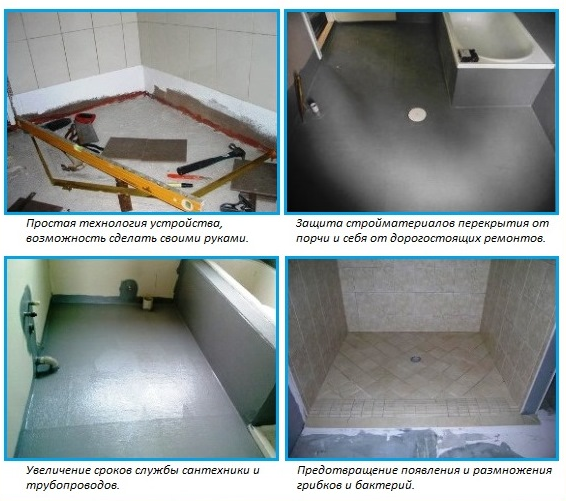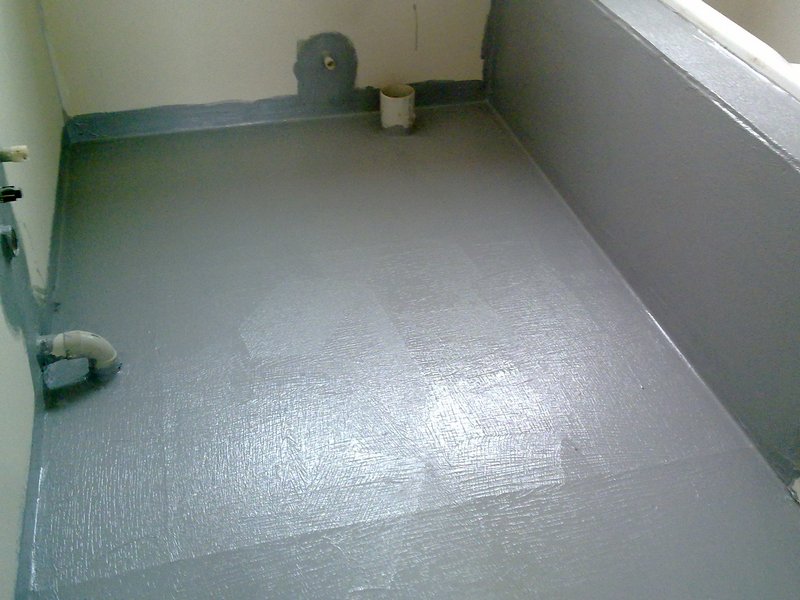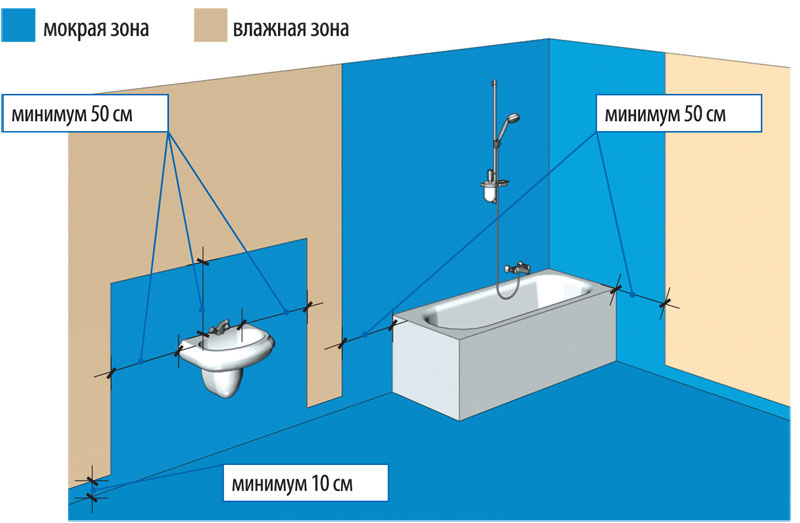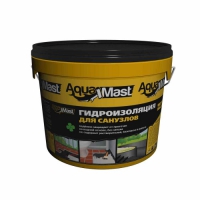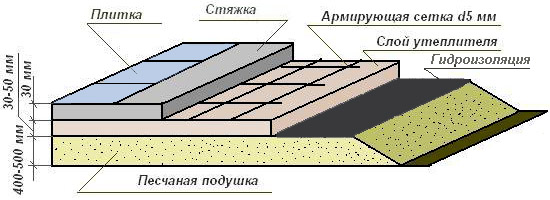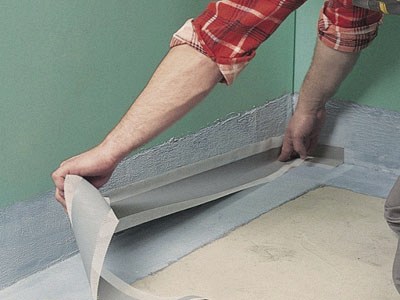Usually in houses, regardless of whether private or multi-apartment, protection of structures from moisture is not provided. Therefore, many people, starting to repair, think about waterproofing works. Now there are a lot of materials for waterproofing walls and floors in wet rooms. About what materials exist, and how they cover the surface will be described in this article.
Content
Waterproofing of toilets
Waterproofing the bathroom is simply necessary. It will protect the interior and load-bearing structures of the house from the effects of condensation. This will also help to extend the life of the finishing materials, for example, tiles. All waterproofing materials can be divided into:
- pasting;
- lubricating.
Oakleymaterials are offered in the form of rolls. Working with them is not very convenient. As a rule, they are heavy and have a long length. Therefore, it is not convenient to work with such waterproofing material in small rooms. The price of the rolled material of domestic production is 75 - 80 rubles. for the square. m, and imported material costs from 220 rubles. for the square. m. Recently, the popularity of lubricating waterproofing.
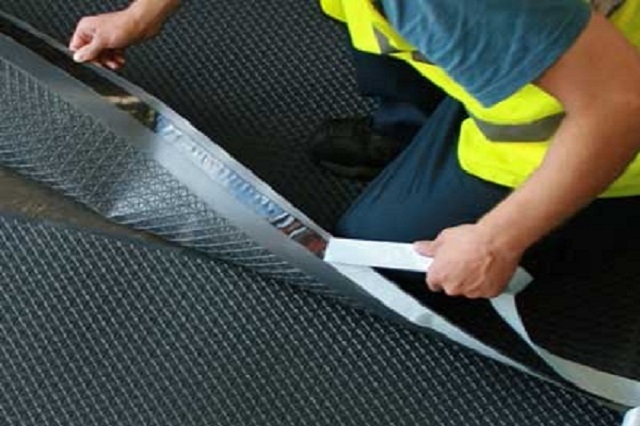
They usually come in several forms:
- bituminous;
- cement - polymer;
- polymeric.
Bituminous mastics are very popular.
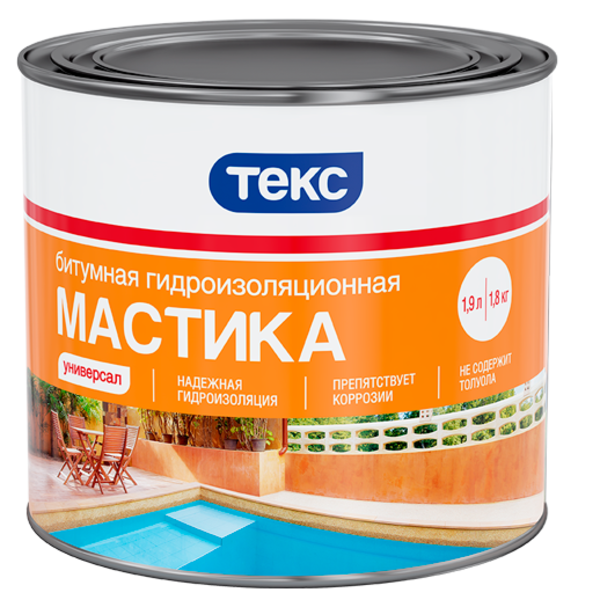
They are applied to the surface in several layers. This material is characterized by good adhesion to the surface and strength. The only bitumen mixture must be covered with a layer of cement screed for reliability. Polymer - cement mixtures are a dry mixture in which all the necessary components are included. Oh, dilute the instructions accordingly and apply on the surface like ordinary plaster. Such formulations are elastic and do not require protection.
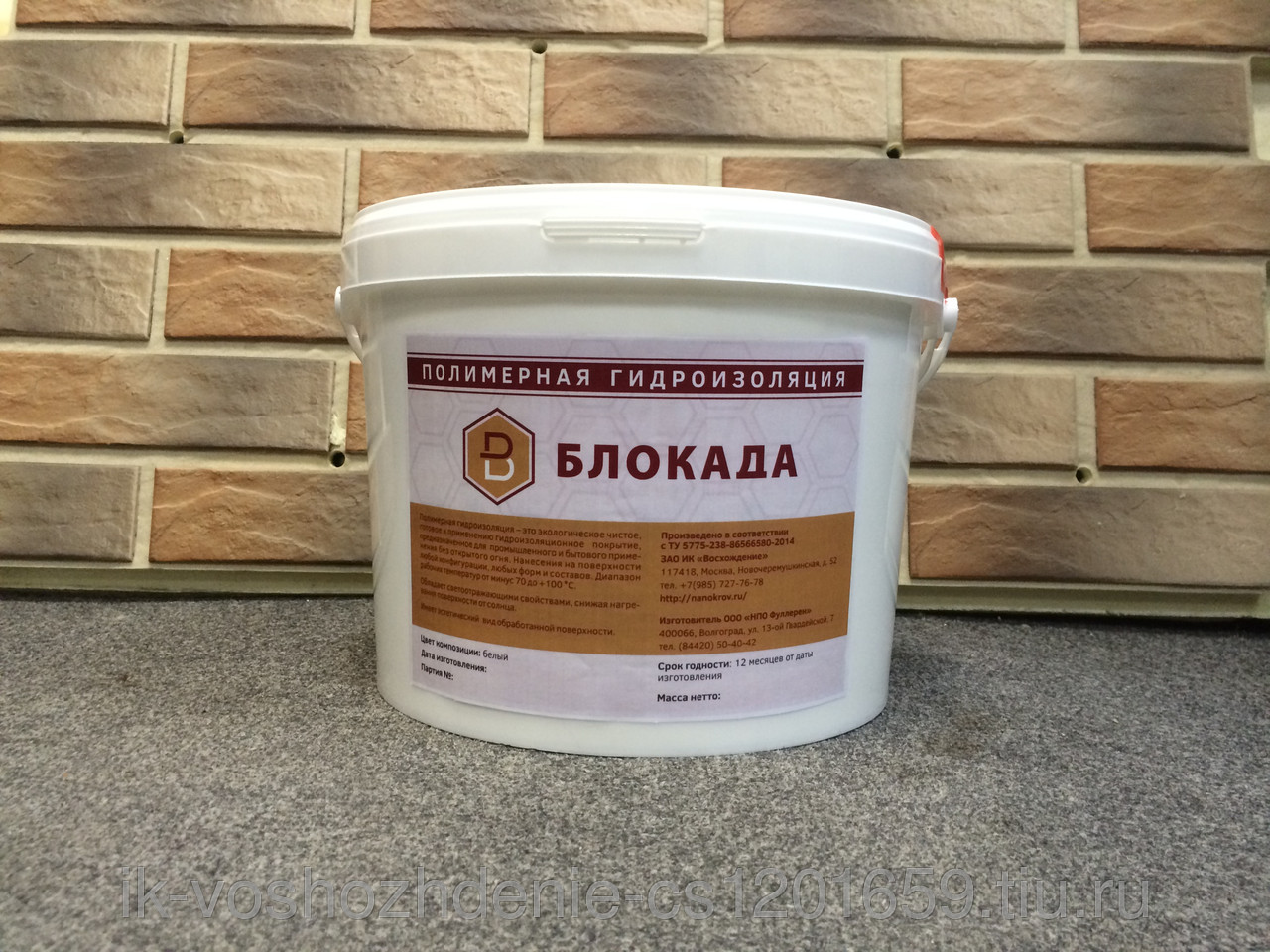
Another kind, this polymer waterproofing. It is a solution of polymers in clothes or special solvents. When applied to the surface, they form a strong film that protects the walls and floor from excess moisture. From a variety of materials, everyone will be able to choose the most convenient and cost-effective option.
Waterproofing of the floor in the bathroom
Before talking about the most waterproofing of premises it is necessary to understand, and for what it is needed. Waterproofing will help to protect the construction of the house from moisture, and in case of water leaks it will not leak to neighbors. It will also help prevent the appearance of mold and fungi. And if the house is wooden, then from wood damage. Therefore, this is a rather important stage in the repair of the bathroom. If you plan to do warm floors in the bathroom, this stage should not be overlooked. Be sure to provide waterproofing in the bathroom, tk. this is a premise with high humidity. When choosing a flooring material, the following should be considered:
- condition of the floor;
- material overlapping;
- time of work;
- number of storeys;
- possibility to increase the thickness of the floor, etc.
Also, the choice of material can affect the non-standard form of the room, the price of the most roll waterproofing or mastic and the complexity of working with it. Of course, the floors can be coated with mastic or pasted with roll material. But it is best to work in a complex.
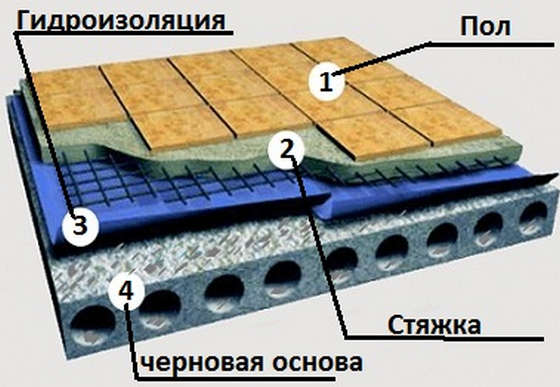
In this case, both types of materials are used, which will provide double protection. Let's consider it in more detail. First you need to prepare the surface. We remove the old floor covering and screed. After that, we clean the lower part of the wall, on which the waterproofing will come. If there are chips and cracks on the surface of the concrete, they must be sealed. At the junction of the floor and the wall, a groove with a width and depth of 1 cm should be made. Then a bentonite cord or cement slurry should be placed in it. This will strengthen the parts of the articulation of walls and floors. After that it is necessary to process the floor and the bottom of the wall with soil. Then we proceed to the works:
- Priming the surface twice. And the second layer of soil is done in the first cross to avoid omissions.
- Liquid waterproofing we process the outlet of pipes, risers and seams overlapping slabs.
- Mastic on bituminous basis we process the lower part of the wall and the adjacent part of the floor along the perimeter. While the mastic is not up it is necessary to reinforce the joint of the floor and the wall with tape and PVC.
- Apply the selected mastic or paste according to the instructions on the package. After that, wait until the composition will rise. It must be ensured that dust does not settle on the surface of the waterproofing, this can worsen its adhesive properties.
- After the composition has dried it is necessary to cut off a piece of roll insulation according to the size of the floor and the bumps on the wall. For this purpose, materials such as Isoplast, Aquaizol, Ecoflex, etc. are excellent.
- We glue the material, smoothing it with a roller, after that we paste the remaining strips on the floor with an overlap of 10 cm. For a better fit along the entire surface of the waterproofing it is necessary to pass a heavy roller.
- We finish processing the allowances on the walls. They can be heated with a construction hair dryer on the bottom of the wall with mastic and paste to it all the non-glued stripes laid on the floor. Angles are gently pressed with planks and we heat them in hot mastic.
- It remains only to go through bitumen mastic around all the pipes again.
All is ready. Now your bathroom is protected from excessive moisture and water leaks. It remains to decorate the floor and the bottom of the wall.
Oily waterproofing of bathrooms
To date, the market of building materials offers a wide choice of waterproofing. The most popular compositions are based on bitumen or bitumen containing. They are affordable and convenient to use. On average, a package weighing 20 kg will cost from 1000 to 2300 rubles. This amount is enough to cover 20 square meters. m area of a layer 1 mm thick. Also cement-polymer mastics can be referred to materials of the lubricating type.
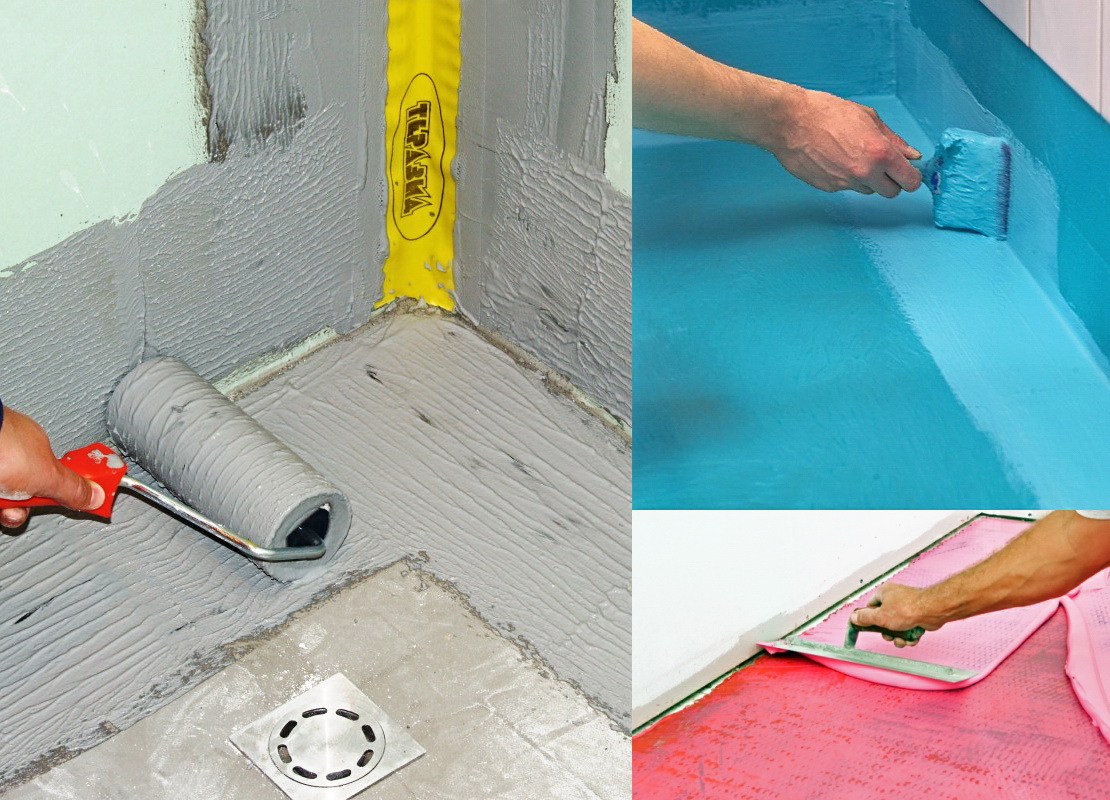
It is a mixture based on cement with the addition of polymers. They protect the surface well from excess moisture. When working with a similar material, you must be careful not to breed too much. The cost of cement-polymer mixtures varies from 900 to 1400 rubles per 25 kg. The material consumption is 1.6 kg of mixture per square meter, with a layer thickness of 1 mm. Which of the types of insulation to choose you choose. Both types are able to reliably protect the room and the structure of the house from moisture.
Waterproofing the bathroom in the apartment
Waterproofing of the bathroom must be started from the floor. This is done by creating a waterproof layer whose height on the wall is 10 cm. If there is no doorway in the bathroom, then it must be made of brick or aerated concrete blocks, as an option to pour a monolith of concrete. After this, it is necessary to close the knocking of walls and floor, for this purpose the bentonite cord perfectly fits. When all the joints are processed, you can proceed directly to the application of the waterproofing. In this case, it is best to give preference to proven and high-quality materials, for example:
- bitumen and latex mastic;
- rolled materials;
- polymer mixtures and mastics.
The most reliable materials are based on bitumen, their only drawback is an unpleasant smell, which complicates the work. With their help, you can create a very reliable barrier to moisture. You can use latex mastic. It is easy to apply and has no smell, which greatly speeds up the work with it. There are certain nuances of waterproofing in the bathroom:
- the material must be applied in two layers;
- it is necessary to make an admission to the walls;
- the surface on which the compound is applied should be smooth and clean.
Working with materials is very simple. Bitumen or latex mastics are applied with a brush, one must try to perform movements in one direction. The second layer is applied in the opposite direction. Roll materials are simply laid on the floor with an allowance of about 10 cm. Also it is necessary to make the sides, which are easy to fix, melting with a gas burner or a hairdryer. Do not forget about the walls. They also need protection from moisture, especially in the bathroom and washbasin area, as well as at the toilet site. For waterproofing walls it is best to choose a mastic, it is easier to work with. While treating the wall near the bathroom, sinks and toilet bowl, it is necessary to properly mark the area to be treated. For this, for example, we recede from the shell 50 cm in each direction and upwards, it is this part of the wall that should be covered with material. For convenience, you can mark it with a pencil. After the mastic is dry, it can be painted over or put ceramic tiles on top of it. In the waterproofing of the bathroom there is nothing complicated, you must do everything carefully and observe the rules.
Waterproofing of bathrooms bitumen polymeric aquamast
The market of building materials is full of a variety of waterproofing products. Among them, we can distinguish aquamast mastic from the manufacturer TekhnoNIKOL. This bitumen - polymer emulsion mastic is suitable for waterproofing bathrooms and swimming pools. It has good strength, resistance to temperature changes, prevents the appearance of fungi and mold in the room. Positive qualities of the goods include:
- monolithic waterproofing layer;
- can be applied immediately after opening the package;
- drying time 5 hours;
- with a leakage of water provides water resistance for 3 days.
Work with mastic is necessary in gloves and avoid it getting on the skin. In case of contact, rinse immediately with solvent. You can work with it in the temperature range from + 5 to +30 degrees Celsius. This material is easy to use and will provide reliable protection against moisture in your bathroom.
Thickness of waterproofing
Of course, when carrying out waterproofing work, everyone can face the question of what thickness the waterproofing should be. Let's try to answer this question. The thickness of the layer is directly dependent on the material and applying it to the surface. If to apply waterproofing mixtures in the form of plaster, the thickness can vary from 02 to 50 mm. This material is usually applied in several layers. If you are working with coating waterproofing, the thickness of the layer will be 2-6 mm. For the apartment will be quite enough layer of a few millimeters. If it is necessary to conduct waterproofing in a private house, then the layer can be made from 6 to 50 mm. It is necessary to take into account the level of groundwater, and whether the site is submerged. To ensure reliable waterproofing, a small layer of a couple of millimeters is enough.
Waterproofing joints
Wall and floor joints are the most vulnerable places through which moisture easily penetrates. It contributes not only to the development of mold and fungi in the room, but also to the destruction of house structures. Therefore, joints must be handled reliably. Materials for waterproofing joints should:
- protect the joints from moisture, but at the same time let air in for ventilation;
- keep their properties for a long time;
- to have an affordable cost.
These requirements are met:
- mastic;
- film;
- elastic gasket of the porous structure.
All materials will provide reliable waterproofing and prevent deterioration of load-bearing structures from moisture. They are manufactured in an industrial way. The most common materials for sealing joints are:
- triokolovyesealants are made by mixing all components to a homogeneous mass, on average, the price ranges from 300 to 600 rubles per kg;
- polyurethane foam sealants perfectly fill the voids and repel moisture, are not affected by acids and oils. Their price varies from 270 to 900 rubles per package;
- bentonite cord is made of special composite materials, have excellent waterproofing properties. The cost of it can vary from 40 to 300 rubles per m.
From these materials you can easily choose the most convenient for waterproofing joints in the bathroom and the apartment.
Perform waterproofing
When performing waterproofing works, it is necessary to observe a certain order:
- First you need to dismantle the old floor covering.
- We clean the surface of dirt and dust.
- Priming the surface.
- We proceed to applying the mastic, moving from the wall to the center of the room.
- Be sure to make skirts on the walls 10 cm high.
- All the outlets of pipes are additionally sealed with rubber rings, and on top is smeared with mastic.
- After coating with mastic, you can start distributing the roll material. The sheets are superimposed with overlapping one on another in several cm. Joints must be smeared with mastic. For better adhesion of the roll material to the mastic, the latter can be heated by a hair dryer.
- After the waterproofing has dried, it is possible to make a screed and lay the decorative coating on the surface.
Following these simple rules, you can independently conduct waterproofing.
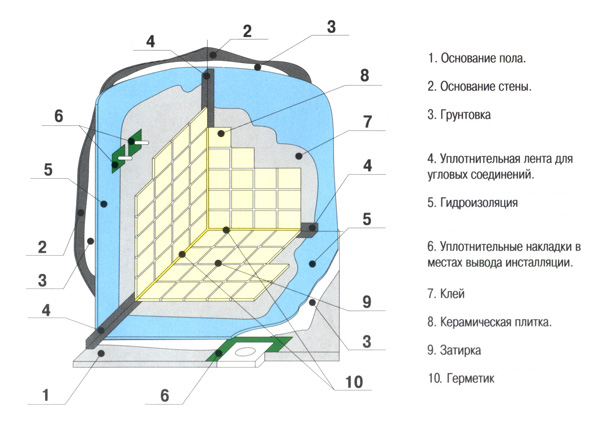
This article describes how to make waterproofing in the bathroom. Examples of materials and their cost are given. It tells about the rules and stages of work. Using the advice of the article, you can select the necessary material and independently conduct waterproofing floors in the bathroom.



